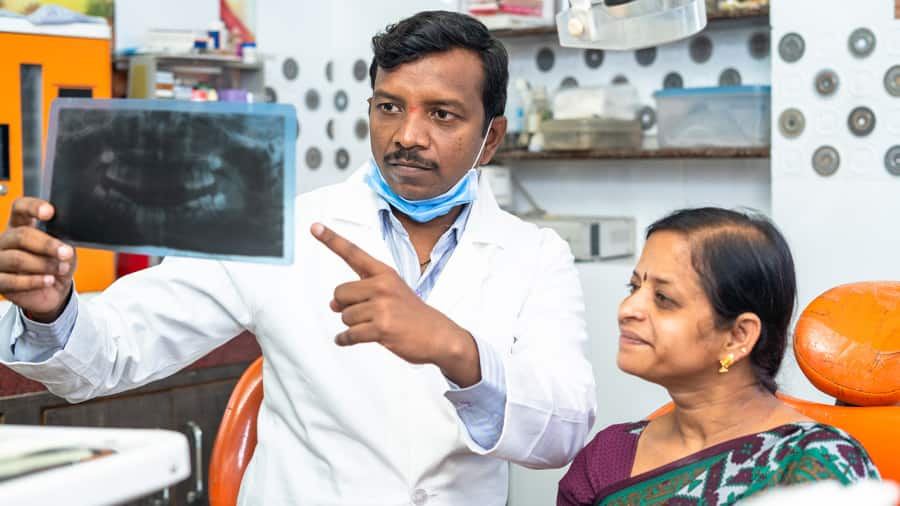Can Salivary Stones Be Treated?
Small bumps or discolorations on the floor of your mouth, sides of your cheek, or jaw, could be signs of a developing sialolith. These bumps can cause discomfort or swelling. Treatment is dependent on the size, shape, number, hardness, and location of the salivary stone.
For smaller stones, a dental professional may recommend drinking more water, placing a warm compress on the enlarged area, or taking an anti-inflammatory or over-the-counter pain killer until the salivary stone passes. They may also be able to dislodge your stone by massaging it. Other small stones may simply pass on their own. Sucking on a lemon or sour candy can help encourage saliva flow and dislodge the stone, so don't be surprised if your dental professional recommends doing so every two to three hours – it's not every day your dentist recommends candy!
The report further notes that treatment for sialolithiasis consists of surgical removal under local anesthetic. Considering alternative treatment options, a small calculus located at the opening of the excretory duct may be approached conservatively via warm compresses, delicate massage and milking of the gland, in an attempt to expel the calculus via the glands excretory duct orifice. In rare cases, a very large or oddly shaped stone may require more invasive surgery.
While stones can pass on their own, you should make an appointment with your dental professional is recommended if you think you have one. Along with removing your salivary stone, your dental professional may examine you to rule out other saliva-related issues, like a salivary gland infection or tumour.
Knowing the potential risk factors for developing a salivary stone can help mitigate the chances of developing one again. And while some factors (like your age) are out of your control, maintaining a rigorous oral care routine, attending regular dental check-ups, staying hydrated, quitting smoking, and communicating with your dental professional about your medications are great ways to be proactive and stave off more salivary stones.
Keep in mind that if you do develop a painful salivary stone, your dental professional has several ways to treat it!






